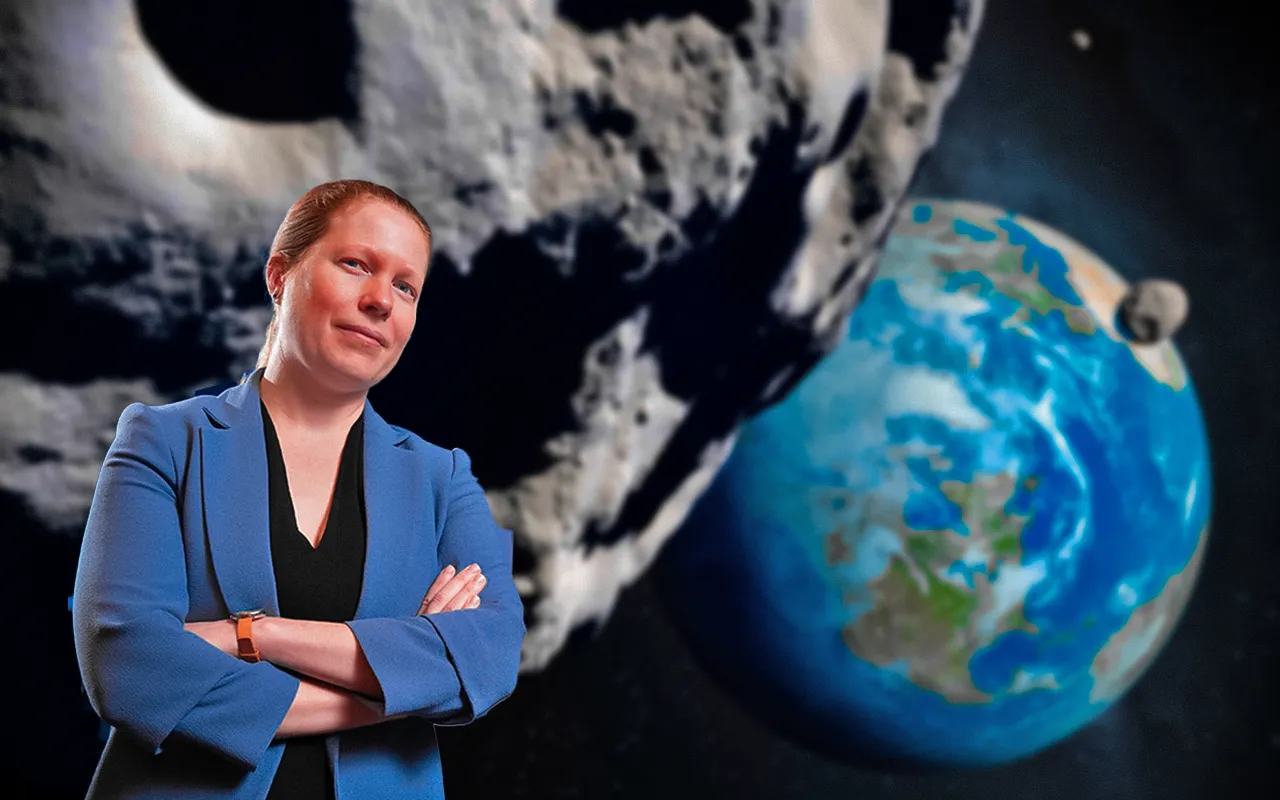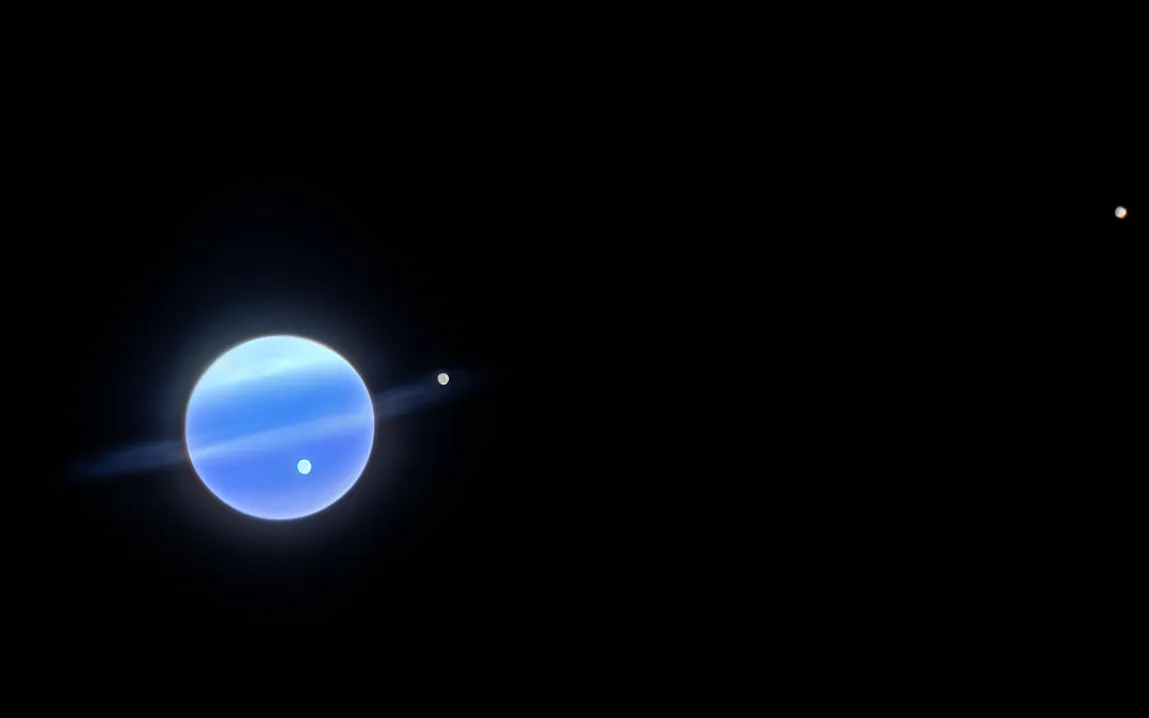In a landmark experiment performed in 2024, scientists have literally taken the first concrete step toward emulating an artificial nuclear explosion on an asteroid in the lab as a big step forward in planetary defense. This development, conducted at the Sandia National Laboratories in New Mexico, could provide a new way forward for future strategies in protecting Earth from potentially catastrophic asteroid impacts.
The Experiment: A Breakthrough in Asteroid Deflection
Using the Z Pulsed Power Facility at Sandia—the world’s biggest pulsed energy machine—researchers headed by lead physicist Nathan Moore were able to simulate small asteroid-like materials responding to the forces transmitted by a nuclear explosion. The experiment covered the usage of X-rays—the core of the machine that reflects energy released by a nuclear detonation near the surface of an asteroid. The X-ray beams heated the surface of the material in question—small chips of quartz and silica, a common component of real asteroids—that vaporized and served as the force pushing the simulated asteroids in the opposite direction.
This propulsion mechanism, sometimes likened to a “jetpack” effect, depends on vaporizing surface material without actually touching the asteroid—as opposed to the previous demonstration of NASA’s DART mission in successfully deflecting an asteroid by crashing a spacecraft into it. In this case, for larger space rocks, nuclear deflection may prove much more effective.
Deflecting Large Asteroids: How Nuclear Bombs Might Work
However, one of the more tantalizing results from the experiment is the ability to extend this technique to asteroids much larger than those that would be deflected by other methods. Moore’s calculations suggested that the X-ray pulses from a nuclear explosion could deflect asteroids reaching up to 2.7 miles (4.4 kilometers) in diameter, which presents an important advantage over kinetic impactors that may work on only much smaller objects.
In this experiment, the X-rays would release energy equal to what a real nuclear explosion would have produced in space; this test did not use the direct amount of nuclear warheads, partly because it was prohibited by the 1967 Outer Space Treaty to deploy actual nuclear weapons in space. The results showed that deflection can take place without shattering the asteroid into multiple hazardous fragments—a concern long associated with using nuclear bombs for planetary defense.
Why Nuclear Deflection Matters
Asteroids have long represented a potential threat to life on Earth. While Earth has been lucky to avoid major impacts for tens of millions of years, there is always a chance that another large object, similar in size to the one responsible for the extinction of the dinosaurs, may reach Earth again. Planetary defense has become one of the hottest topics in recent years, with missions such as DART seeking to develop and test techniques that might eventually be used to nudge potentially threatening space boulders off their orbits.
While kinetic impactors, like the one currently being tested in NASA’s DART mission, may prove quite viable, they would not be sufficient in cases where larger and more massive asteroids will need to be deflected. In such cases, nuclear deflection could be the most workable answer. A nuclear device detonated near the surface is capable of releasing X-rays that can vaporize part of an asteroid and change its course without breaking it into hazardous pieces.
Future Prospects: From Laboratory to Space
Although this experiment was a breakout, it is still a proof-of-concept setup. The task now lies in scaling up this technology and applying it to an actual asteroid threat. Researchers, like Moore, mentioned conducting more tests with complex materials that are more representative of the composition of actual asteroids:. There is also a growing interest among researchers in space testing of this concept in the future, not unlike NASA’s DART mission, against real conditions.
For now, most scientists believe that additional experimentation is necessary to better develop the method of X-ray deflection as well as to learn more about how the system would work on a variety of asteroid sizes and compositions. Currently, NASA identifies many near-Earth objects, although none have any known imminent danger of impact. Still, the scientific community wants to be prepared. Implications for Global Planetary Defense
The success of this experiment shows that further research is necessary in strategies of planetary defense. As Moore noted, the main problem is the uncertainty in composition and shape, and thus purely theoretical models are not efficient. Laboratory simulations, like that carried out in Sandia National Laboratories, are at least vital for how space rocks can behave when deflection attempts are made.
This success has consequently stoked considerable interest in planetary defense among scientists worldwide who have called for more funding and international cooperation on the subject. As humankind continues to look for as many ways as possible to reduce the dangers caused by asteroids, this may well turn out to be one of the leading components of Earth’s defense against extraterrestrial threats.
Conclusion
Success in the simulation of the deflection of an asteroid using nuclear-based technology is the first critical step toward preparation for the worst-case scenario of such an asteroid hitting Earth in the near future. Although still in its infancy, findings give cause to believe that someday humanity may be able to defend itself against catastrophic space events. There is still a lot to be done in perfecting and testing this technology, but this test at Sandia National Laboratories is a big leap forward in the field of planetary defense.
The event has seen the most extensive coverage by all forms of media, reflecting the new era of international interest in this capability for Earth protection from cosmic hazards.



